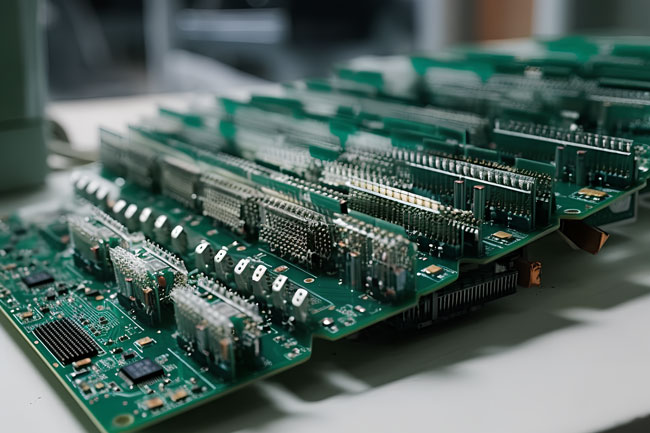The surface-mount technology (SMT) industry has witnessed significant advancements in recent years, driven by the relentless pursuit of higher efficiency and quality. As the demand for electronic devices continues to grow, the SMT process has become more critical than ever in meeting the tightest deadlines and delivering defect-free product. The efficiency and quality of SMT machines heavily rely on the choice and handing of materials. In this article, we will discuss various aspects of ensuring the efficiency and quality of SMT machines through materials.
1. Component Quality: The quality of SMT components plays a crucial role in the overall efficiency and quality of the SMT process. High-quality components have better solderability, heat resistance, and electrical properties, resulting in fewer defects and rework. It is essential to source components from reputable manufacturers that adhere to stringent quality standards. Additionally, storing components in appropriate conditions, such as controlled temperature and humidity, helps maintain their quality until they are used in the SMT process.
2.Solder Paste: Solder paste is a critical material in the SMT process, responsible for the electrical and mechanical connections between the components and the printed circuit board (PCB). The choice of solder paste formula has a significant impact on the quality and reliability of the SMT assembly. The solder paste must have appropriate viscosity, flowability, and thermal properties to ensure proper solder joint formation and reflow. The supplier should provide detailed technical information about the solder paste, including the melting point, composition, and any additives that may affect the process. It is also crucial to store the solder paste in a cool, dry environment to prevent degradation and maintain its performance.
3.Printed Circuit Boards (PCBs): The quality of the printed circuit boards used in the SMT process is crucial for the efficiency and reliability of the assembly. High-quality PCBs have excellent conductivity, flatness, and rigidity, which facilitate accurate printing and proper solder joint formation. The PCB manufacturer should ensure minimal variation in board thickness and excellent adhesion between the base material and the copper layers. Additionally, using impedance-controlled PCBs helps maintain signal integrity and reduces the risk of electromagnetic interference.
4.Reflow Oven: The reflow oven is a critical piece of equipment in the SMT process, responsible for melting the solder paste and joining the components to the PCB. The efficiency and quality of the reflow process depend on the proper calibration and maintenance of the reflow oven. The oven should have accurate temperature control, consistent heating rates, and proper airflow to ensure uniform solder reflow. Regular maintenance, including the replacement of oven belts, fans, and heaters, is essential to maintain the oven’s performance and reliability.
5.Process Control: Ensuring the efficiency and quality of SMT machines requires rigorous process control, including proper equipment setup, operator training, and real-time monitoring. The SMT machine should be properly calibrated and maintained, with regular checks of critical parameters such as feeder alignment, print head accuracy, and conveyor speed. Operators should receive comprehensive training on machine operation and troubleshooting to minimize errors and downtime. Real-time monitoring tools, such as vision systems and thermal imaging cameras, help detect defects and adjust the process parameters accordingly.
6.Cleaning and Maintenance: Regular cleaning and maintenance of SMT machines and materials are crucial for ensuring efficiency and quality. Debris, flux residues, and solder residues can accumulate on the machine components and PCBs, leading to poor print quality, component malfunctions, and reduced machine lifespan. Implementing a rigorous cleaning schedule, using appropriate cleaning agents and techniques, helps maintain the machine’s performance and extends its lifespan.
In conclusion, ensuring the efficiency and quality of SMT machines through materials requires careful selection and handling of components, solder paste, PCBs, and other consumables. Additionally, proper equipment setup, operator training, process control, and cleaning and maintenance are essential to achieve high-quality SMT assemblies. By paying attention to these aspects, electronics manufacturers can meet the stringent demands of the market and deliver reliable products to their customers.



